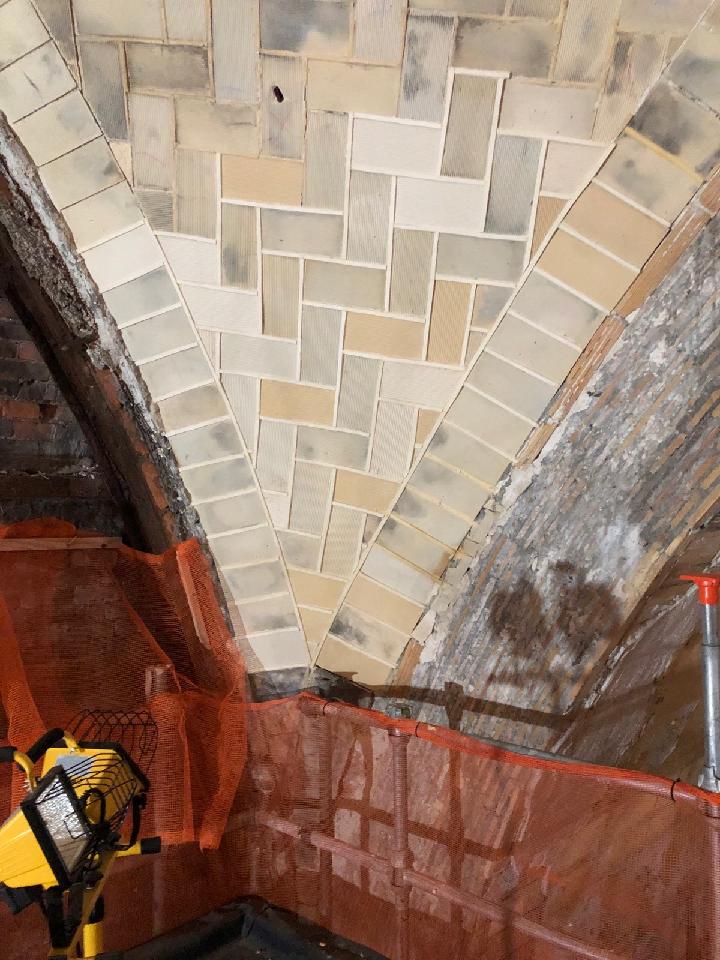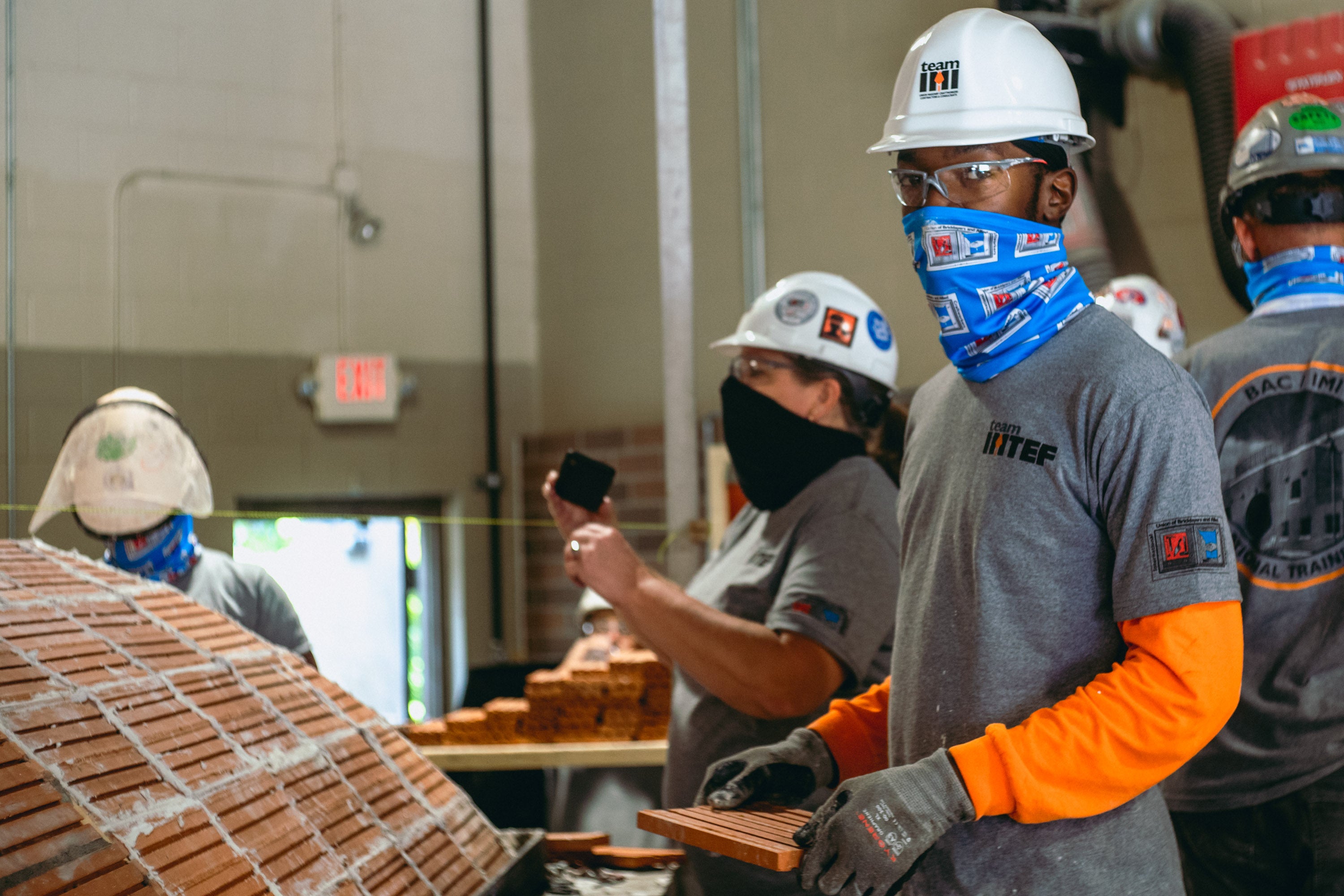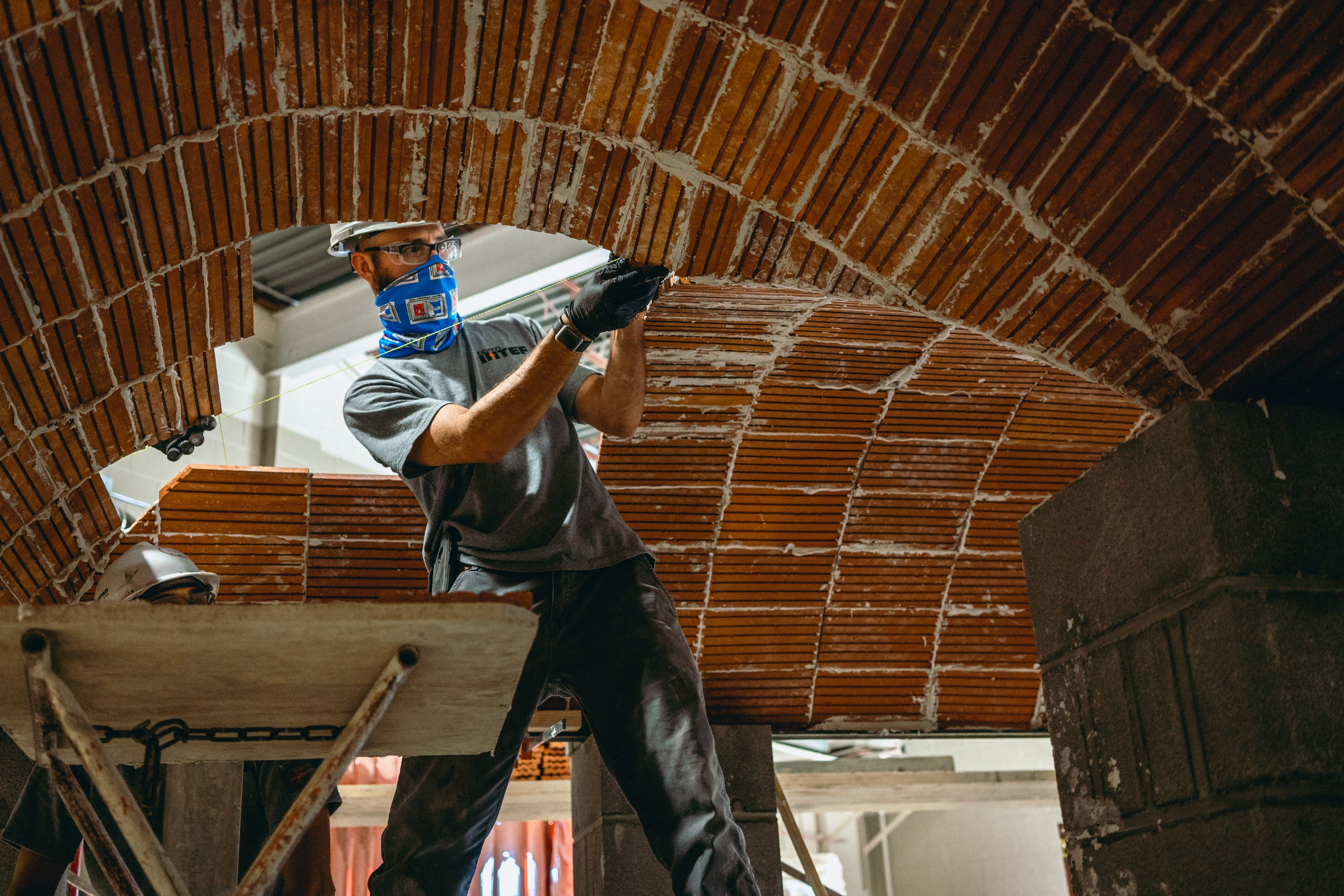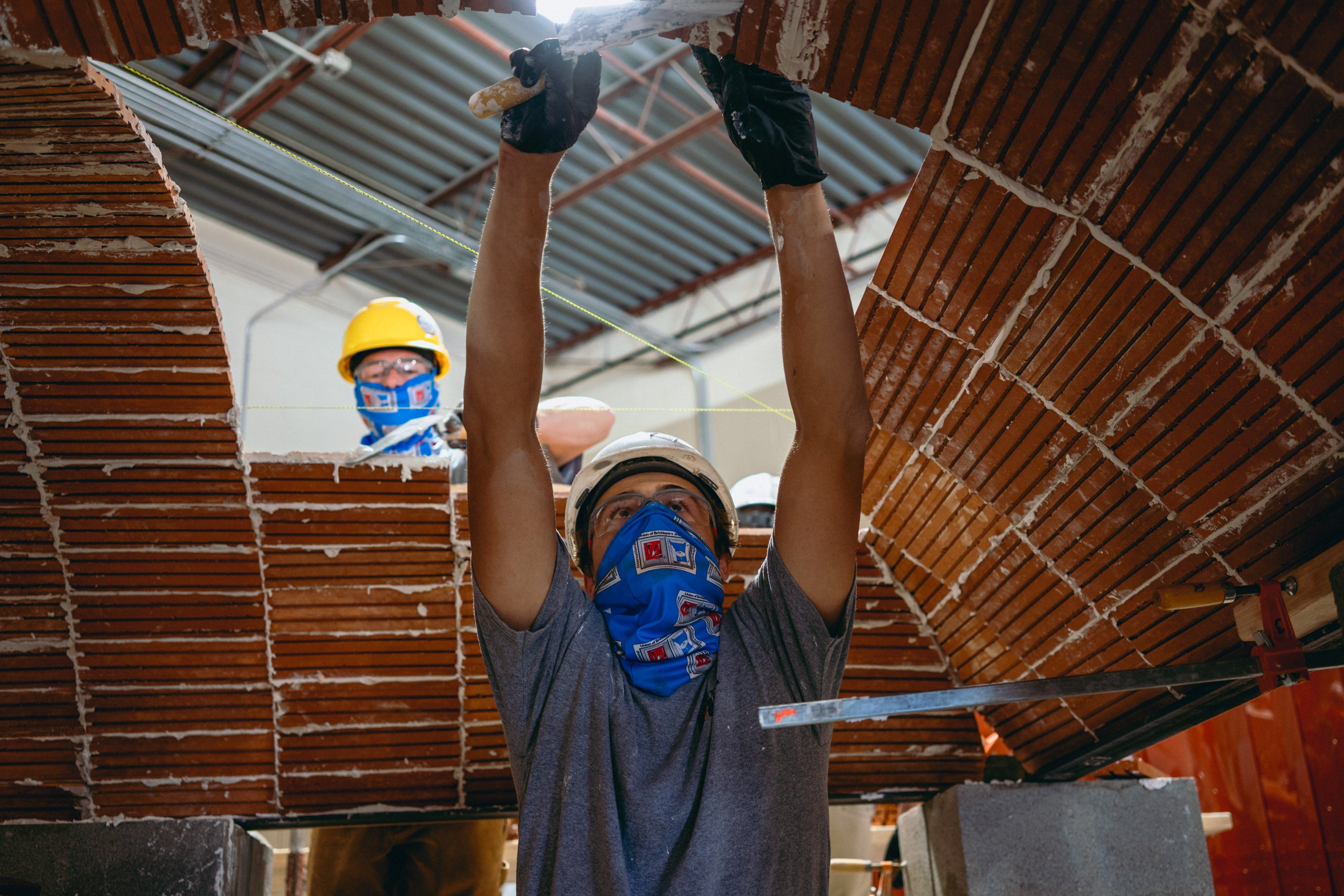BAC Local 2 Michigan, IMI/IMTEF Help Reimagine Detroit’s Transportation Hub
The comeback is on for Michigan Central Station (MCS). The once grand Beaux Arts-style depot is now the new state of the art transportation center for the Ford Motor Co. Welcoming visitors with its marble floors, 68-foot Corinthian columns and Guastavino tile vaults divided by coffered arches, the center was a symbol of progress for the Motor City.

The depot, which opened the day after Christmas in 1913, had been abandoned since 1988—a painful, infamous symbol of Detroit’s decline. But renovation efforts by Ford has breathed new life into the iconic center—inviting more hope for the city’s continued renovation efforts. The four-building, 30-acre campus is at the center of $740 million redevelopment project designed to connect to the surrounding neighborhood.

Ford, which calls the planned campus an "inclusive, vibrant and walkable innovation district," purchased the depot in 2018 as the centerpiece of its Corktown Campus, which will focus on creating autonomous and electric vehicles. When complete, the 1.2 million-square-foot campus will include offices, retail space, housing, parks and community places. It is expected to deliver 5,000 new jobs to Corktown.
Michael Hipes, BAC Local 2 MI member and foreman at Michigan Central Station, works for the BAC signatory contractor, Leidal & Hart, which is performing structural repairs to the topside of the Guastavino vaults, along with other masonry repairs throughout the building. Signatories Grunwell-Cashero and Graciano Corporation have also teamed up to replace, cut out, and tuckpoint the exposed side of the Guastavino tile.
“I’m very excited to be a part of the team that will keep this beautiful structure standing for the next 100 years,” Hipes says. “One day, my grandchildren will be able to enjoy it.”

When Ford Construction Manager Christman Brinker and design firm, Quinn Evans Architects, approached the project, they knew they had to turn to highly skilled, trained labor for a project of this scope and significance. In particular, the Guastavino tiles posed a unique challenge. While Guastavino’s tile arch system was first introduced in the US in 1885, architects, engineers and builders still marvel at how they are constructed.
That’s because it is a self-supporting, compression-only vault system. “It’s amazing, to see how this system works,” Hipes says. “It feels like we’re putting tiles in thin air, and they just stay.”

To prepare for the project, Hipes and his crew members attended a special two-day training at IMI’s Metro Detroit Training Center. The program, facilitated by IMI, IMTEF and local training staff, provided both historical, classroom and hands-on training on Guastavino tile arches. Project engineer Derek Trelstad was on hand to explain the engineering behind the systems, while Guastavino vault specialist, Kent Diebolt, FAPT, founding partner at Vertical Access, lent his expertise to the training.
“IMI is amazing partner from top to bottom,” Diebolt says. “The workers on this project are highly motivated, incredibly smart and committed to learning a new aspect of their craft. Their skill level is quite high.”
Anthony Barnes, BAC Local 2 MI brick apprentice and former Job Corps graduate, was excited to be able to learn something new. “It’s a different experience than anything I’ve before—getting to work on these old vaults. Detroit is my home. I love being able to work here. This project is another under my belt that I get to be a part of.”
Perhaps BAC Local 2 MI journeyworker restoration specialist Dale Kasanko summed it up best. “It’s my dream to work on this project. It’s one of the most elite in the country, as far as I’m concerned. I’ve driven by it my whole life. As soon as I found out Ford bought it, I was hoping very much to be on this project. Now I get to say I am.”
Get IMI’s Historic Masonry Preservation Certificate online
Many of the craftworkers on the Michigan Train Station project have an Historic Masonry Preservation Certificate (HMPC) from IMI. In 2021, the HMPC classroom curriculum will be offered virtually to select groups. Check imtef.org for more updates.
